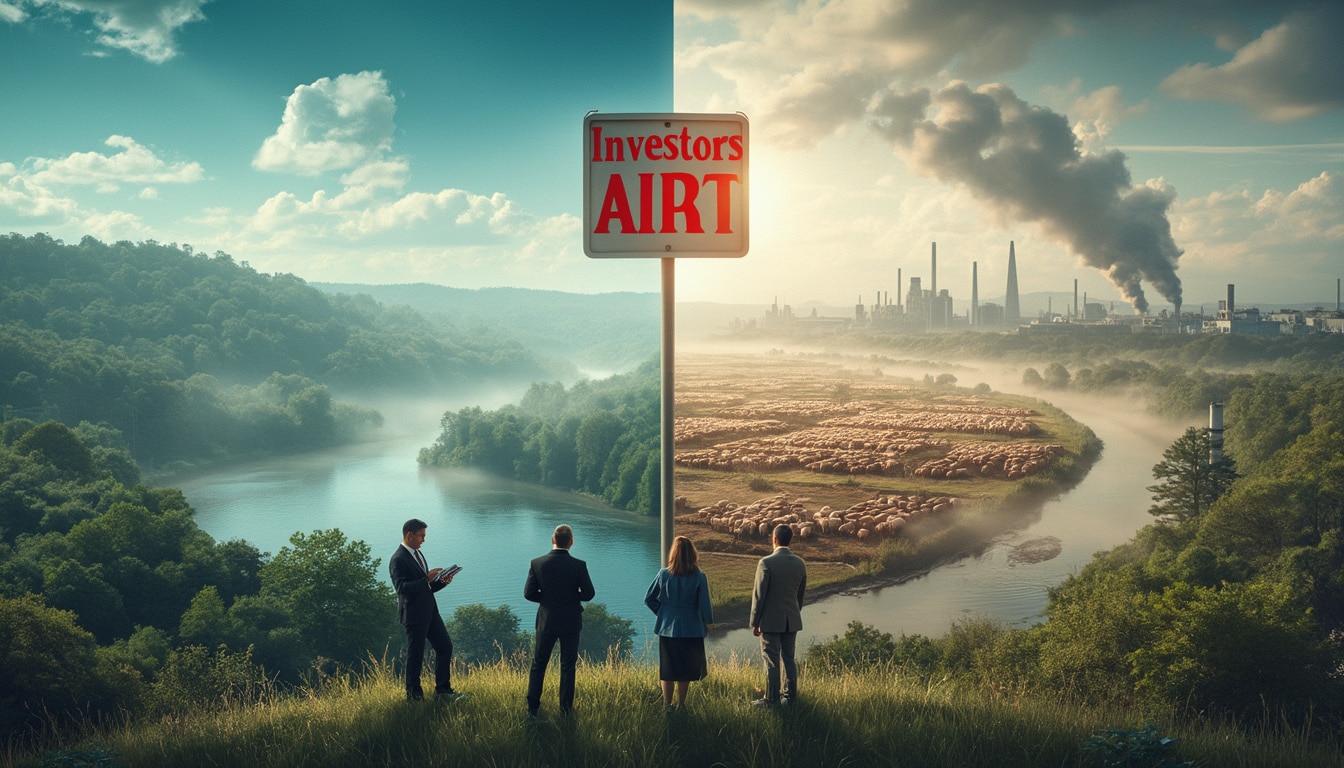In the debate over the sustainability of our planet, the livestock sector stands out for its considerable environmental footprint. Investors raise a major issue: although technological solutions are multiplying, they do not replace more sustainable natural agronomic approaches. The choice to ignore nature for technologies perceived as modern could create a perverse effect on agricultural practices. The challenge lies in the ability to completely rethink our systems for a greener future, broadening our perspective beyond mere immediate economic yield.

Table des matières
ToggleLivestock and Environmental Health
The livestock sector is a major player in the degradation of our environment. It is responsible for the emission of 19.6% of greenhouse gases and uses 77% of global agricultural land, figures that highlight the exorbitant ecological cost of current livestock practices. While traditional agricultural practices tend to conserve nature, modern livestock has become a driver of deforestation, destroying in its wake the biodiversity necessary for the ecological balance of our planet.
Sustainable Alternatives to Intensive Livestock Farming
In the face of the devastating impact of intensive livestock farming, several initiatives are seeking to restore environmental balance. Among these, the aggregation of sustainable agronomic methods, such as replanting hedges or using cover crops, stands out for their substantial and sustainable benefits. These approaches not only reduce the carbon footprint but also improve the financial health of agricultural operations, according to the Fairr investor network.
Scientific Controversies Surrounding Livestock Practices
Although some scientific studies have highlighted the advantages of certain agricultural practices, controversies remain regarding their actual effectiveness. For example, the benefits of biochar, often touted, have been called into question by recent research. These debates underscore the need for a rigorous and balanced examination of agricultural practices to judiciously guide green investments in the future.





